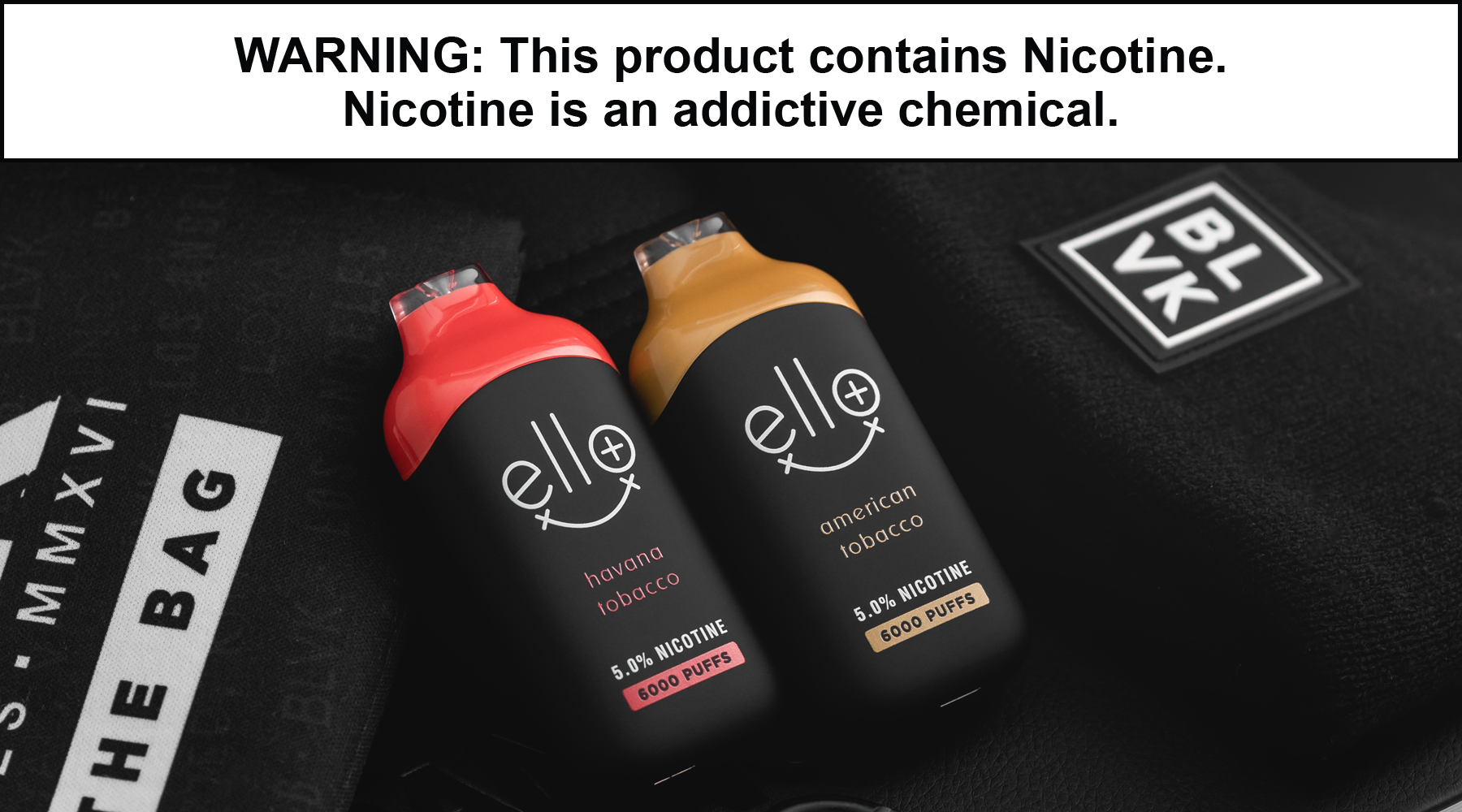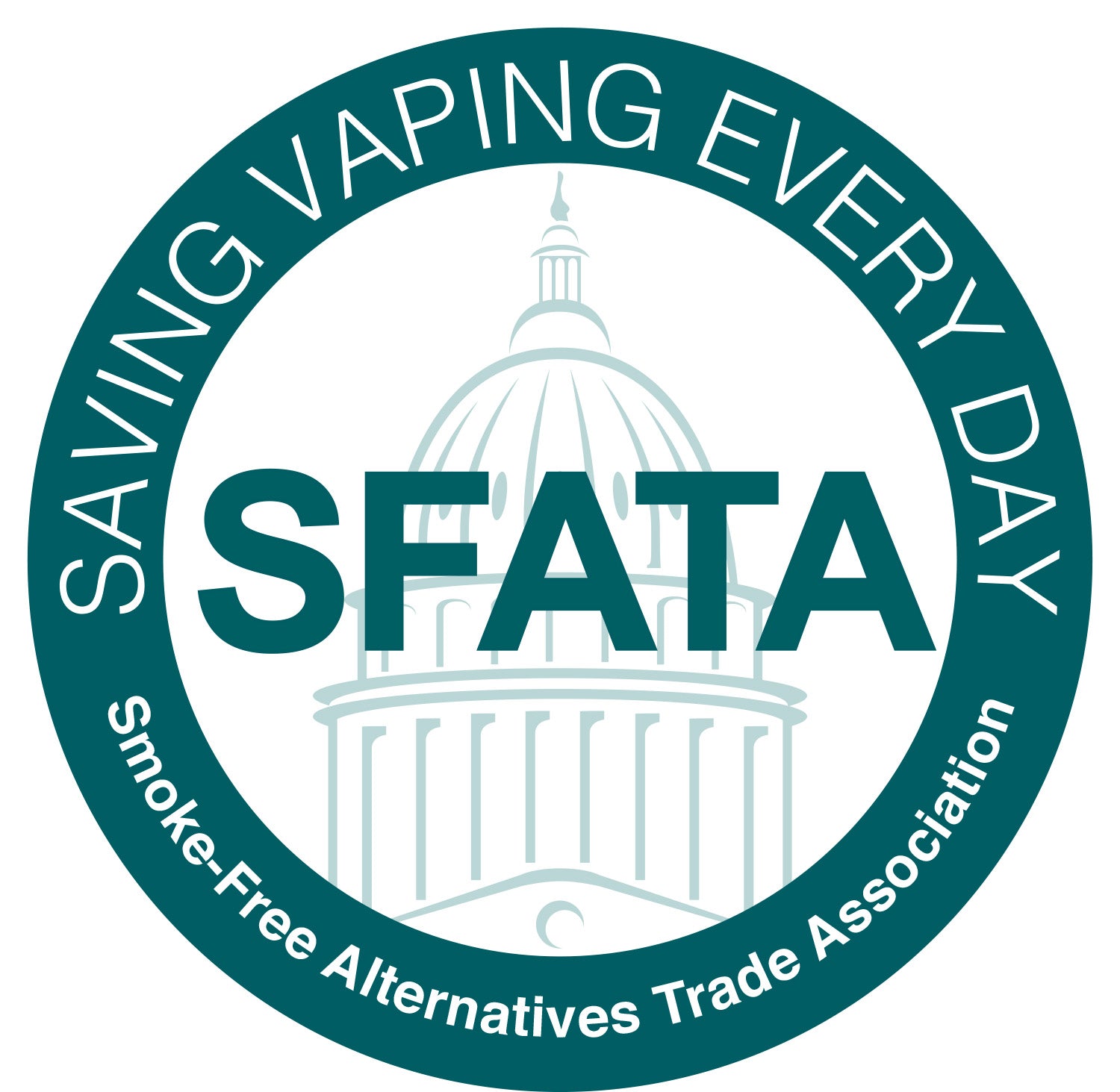Anti-vaping lobbyists are at it again! Making unfounded claims about vaping and e-liquid ingredients like they’ve actually taken the time to properly study these things. They call them toxic and hazardous for your health like smoking cigarettes doesn’t have a literal death sentence attached to it. But still, they pour their time and energy into vilifying everything about the vaping industry. Today we’re gonna take a look at one of their favorite e-liquid ingredients to attack: flavoring.
What is Flavoring?
Flavoring is the ingredient in e-liquid that gives your vape its flavor. Flavorings make up between 20 - 30% of your e-liquid, depending on the flavor and strength. Whether you like fruity flavors or more traditional menthol flavors, if your vape has a flavor, then it’s made with flavoring. There are thousands of e-juice flavors on the market for vapers to choose from, with a flavor for every taste.

What Ingredients Are Used in Flavoring?
Are Flavors Safe?
There hasn’t been much significant research done into the effects associated with the ingredients of e-liquid. That being said, Johns Hopkins’ heart disease specialist Dr Michael Blaha admits that there have been no significant findings that suggest that vape juice flavors themselves are harmful to users, despite how badly anti-vaping organizations want us to believe it's dangerous.
Does E-Juice Flavoring Cause Any Adverse Side Effects
Despite the claims from many anti-vaping groups about the dangers of e-juice, especially the flavor additives, the research available doesn’t support this. The only study to find any detrimental effects of flavoring in e-liquid compared the effects of flavored and flavorless vapes on the oral biomes of participants. Research showed that the group who used flavored vape juice had disruptions in the growth of healthy bacteria in their mouths. The bacteria in our mouths plays a huge role in our overall health, so disruptions to oral health could have cascading effects on our general health. More testing is needed to understand how this affects health and how users can protect themselves against it.
Understanding Diacetyl
Of all the flavors used in e-liquid, one seems to draw more side eyes than any other, and for good reason. Diacetyl is a flavor compound used to create a buttery flavor and is commonly used in the industrial manufacturing of popcorn. Long term inhalation of diacetyl can cause a respiratory disease called popcorn lung, though no cases have ever been associated with vape usage. If you’re nervous about the effects of diacetyl, you could definitely opt for a flavor without this particular additive.
Only Buy E-Liquid From Brands You Trust
One thing to take note of, is that the vaping industry is no different than any other industry where companies looking to turn a quick profit will sacrifice quality and consumer safety with substandard ingredients. To avoid this, always purchase e-liquid from reputable smoke shops that sell brands you know and trust. Whenever you put anything into your body, you should put the time in to make sure it’s safe.

Chemical Reactions Caused By Heat Exposure
While doctors admit there's limited evidence that e-liquid flavors themselves are dangerous to users, what they worry about most are the unknowns. There is some evidence to suggest that when the ingredients used in e-liquid flavors are heated up along with the other e-liquid ingredients, it causes chemical reactions that create new substances. The effect on the body of these chemicals created by the vaping process have not been studied and pose some serious questions for health officials. More research on this topic is desperately needed.
Some E-Liquid Flavors Can Damage Your Vape
One thing that is important to be mindful of is that some of the flavor compounds used in e-liquids are better suited to certain vaping systems. Some flavoring compounds like cinnamon, absinthe, spearmint and cola can cause cracking or melting in plastic based systems and may be better off in glass, pyrex or metal based vaping systems. Before you take your first puff, be sure to double check that your e-liquid is compatible with the type of vape system you’re using to avoid damaging your vape and potentially inhaling dangerous plastic byproducts from a damaged vape.













Leave a comment
This site is protected by hCaptcha and the hCaptcha Privacy Policy and Terms of Service apply.